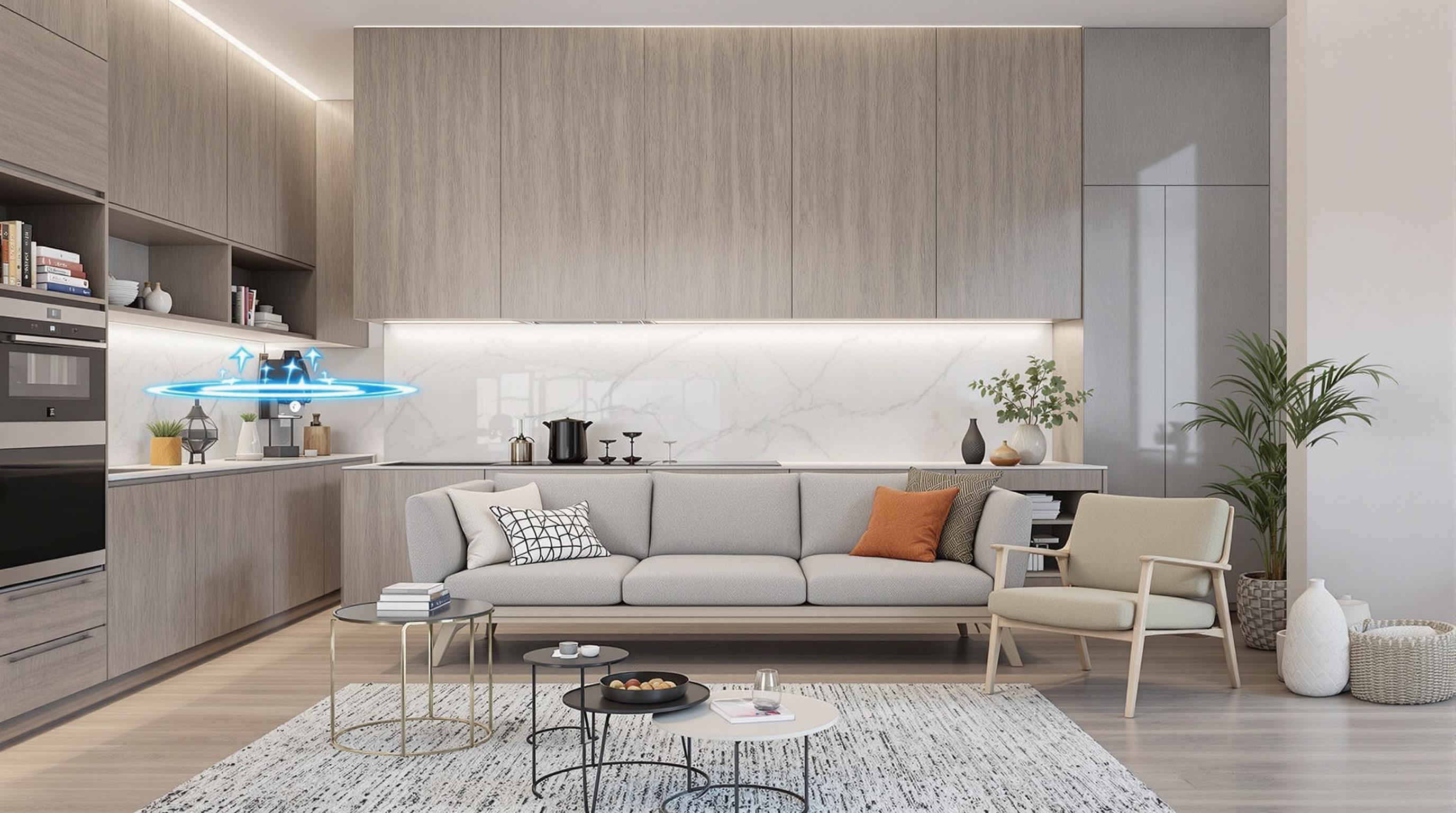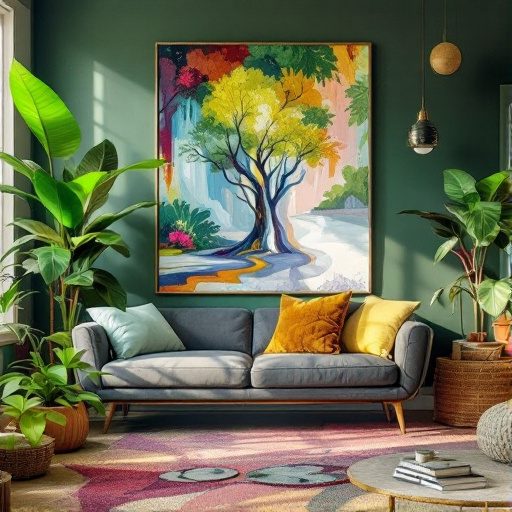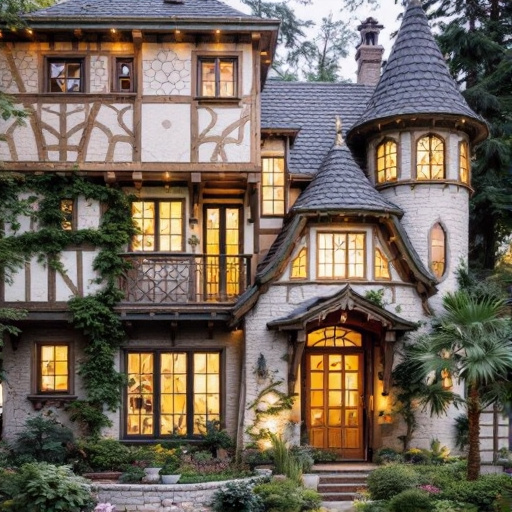Featured Articles
- "Decoding the Mystery: How Folklore Influences Modern Home Designs in Unexpected Ways"
- Reimagining Ruins: How Abandoned Spaces Are Inspiring Modern Home Designs and Eco-Conscious Living
- Reimagining Spaces: How Biophilic Design Can Transform Mental Health in Your Home
- Reviving the Past: How Retro Futurism is Reshaping Modern Home Design with a Twist of Nostalgia
- Revolutionizing Spaces: How Biophilic Design is Transforming Urban Home Environments into Nature-Infused Sanctuaries
Whimsical Abodes: Exploring the Rise of Fairy-Tale Inspired Home Designs in Modern Architecture
Whimsical Abodes: Exploring the Rise of Fairy-Tale Inspired Home Designs in Modern Architecture
Fairy-tale inspired home designs are captivating modern architecture, blending whimsical elements with functionality. This article delves into the rise of these enchanting abodes, exploring their origins, diverse styles, and enduring appeal among homeowners looking to add a touch of magic to their living environments.
The Allure of the Enchanted: A Journey into Design
There’s something intrinsically magical about stepping into a space that feels lifted from the pages of a storybook. As a twenty-something design enthusiast, I’ve often found myself enchanted by whimsical architecture, whether it’s the crooked spires of a gingerbread house or the dreamy curves of a fairy-tale castle. It turns out I’m not alone—homeowners across generations are increasingly seeking homes that are less about traditional aesthetics and more about imagination.
An Evolution Anchored in Tradition
Fairy-tale architecture isn't merely a modern trend; it has deep roots in various cultures. From the half-timbered houses of the Germanic regions to the ornate castles of French provinces, fairy-tale architecture result from centuries of storytelling intermingling with design. As writer Amelia P. Womack notes, “Architecture has always been a reflection of the narratives societies tell about themselves.” This rings particularly true when you consider how these homes can tell a story without uttering a word.
Sustainable Dreamland: Eco-Friendly Initiatives in Enchanted Homes
In our era of climate consciousness, the shift toward fairy-tale designs has coincided with a strong push for sustainability. A study by the American Institute of Architects revealed that over 65% of homeowners prefer eco-friendly features in their homes, and this number is only growing. The whimsical structures we adore often incorporate natural materials, energy-efficient designs, and even living roofs. Picture a lovely hobbit-home made of rammed earth, blending perfectly into the rolling landscape!
Statistics: The Market for Magic
According to research conducted by the National Association of Home Builders, the market for unique, nostalgic architecture has surged by approximately 35% in the past five years. This reflects not just a yearning for the whimsical but also the housing market’s pivot towards personalization and storytelling. Imagine visiting a neighborhood where each home resembles a unique fantasy, filled with tales waiting to be told—a haven, not just for homeowners but for entire communities.
Case Study: The Enchanted Cottage Project
One exemplary project lies in the heart of Maine, the Enchanted Cottage—a collaborative effort by architect Mary Brattle and a local community dedicated to creating a space that promotes creativity and connection. The cottage features tartan-patterned tapestries, a handcrafted wooden door shaped like a tree, and a rooftop garden reminiscent of a fairy’s nook. Feedback from the community has been overwhelmingly positive, with many noting that the cottage serves as an escape, reminder of simpler times, and a vehicle for artistic expression. The project amassed over $250,000 in crowdfunding, showcasing the deeply rooted desire for whimsical living.
Bringing the Outside In: Nature’s Influence
Whimsical abodes often draw inspiration from nature, further deepening their fairy-tale quality. Elements like flowing stone walls, curved windows, and living roofs aren’t just aesthetically pleasing; they foster a sense of connection to the environment. Studies have shown that homes with strong connections to nature improve mental wellness and reduce stress levels. So, who wouldn’t want to retreat into a home that brings both peace and whimsy to their everyday life?
The Playful Side of Home Design
Let’s face it—life can be serious, and the walls around us often reflect that. Why shouldn’t our homes mirror the whimsical side of life? Think of tumbling staircases that mimic a slide, playful color palettes that evoke joy, and unexpected nooks perfect for curling up with a good story. It’s no wonder millennials and Gen Z are showing an increased interest in fairy-tale aesthetics—they want to revel in creativity rather than reflect mundane reality.
Conclusion: Finding Your Own Fairy-Tale Home
As we navigate a world rife with uncertainties, the allure of whimsy shines bright. Whether through enchanted cottages that reconnect us with our inner child or sustainable designs that honor the earth, fairy-tale homes offer a path to creativity and solace. If you’re considering your own whimsical abode, start small—a uniquely designed garden shed, a cozy reading nook, or an artistically crafted entrance can weave a thread of magic into your life. So, why not explore the fairy-tale designs that beckon to your soul? After all, we all deserve a slice of magic in our everyday lives.
In Conversation With Designers: Insights from the Field
Inviting renowned designer Lily Childsmore to discuss these trends reveals fascinating insights into why whimsical designs captivate audiences of all ages. “People crave stories,” she remarks. “The structure of a home can be a blank canvas for the narrative one wants to live out.” She noted that her projects often attract younger clients eager to create spaces that allow for dreamlike experiences. Her most important piece of advice? “Don't be afraid to infuse playfulness into your design choices! The quirkiest elements make lasting impressions.”
The Final Word on Fairy-Tale Living
In the end, fairy-tale inspired home designs present more than just visual ecstasy; they offer a philosophy of living that embraces joy, imagination, and originality. No age is too old or too young to appreciate the enchanting attributes of whimsical architecture. So take that leap! Dive into the dream world of design, where the walls are dripping with creativity, and every corner is an invitation to embrace the power of imagination.




